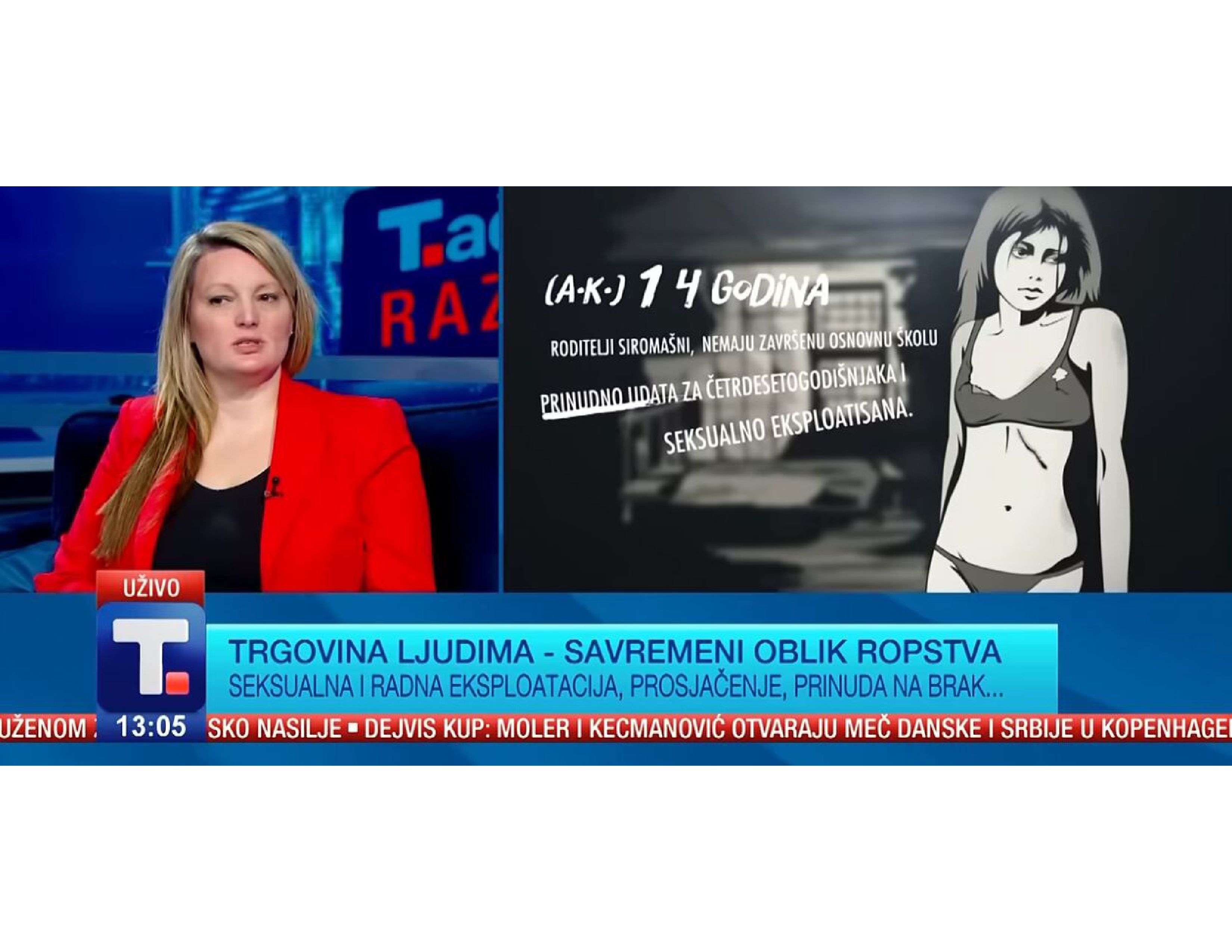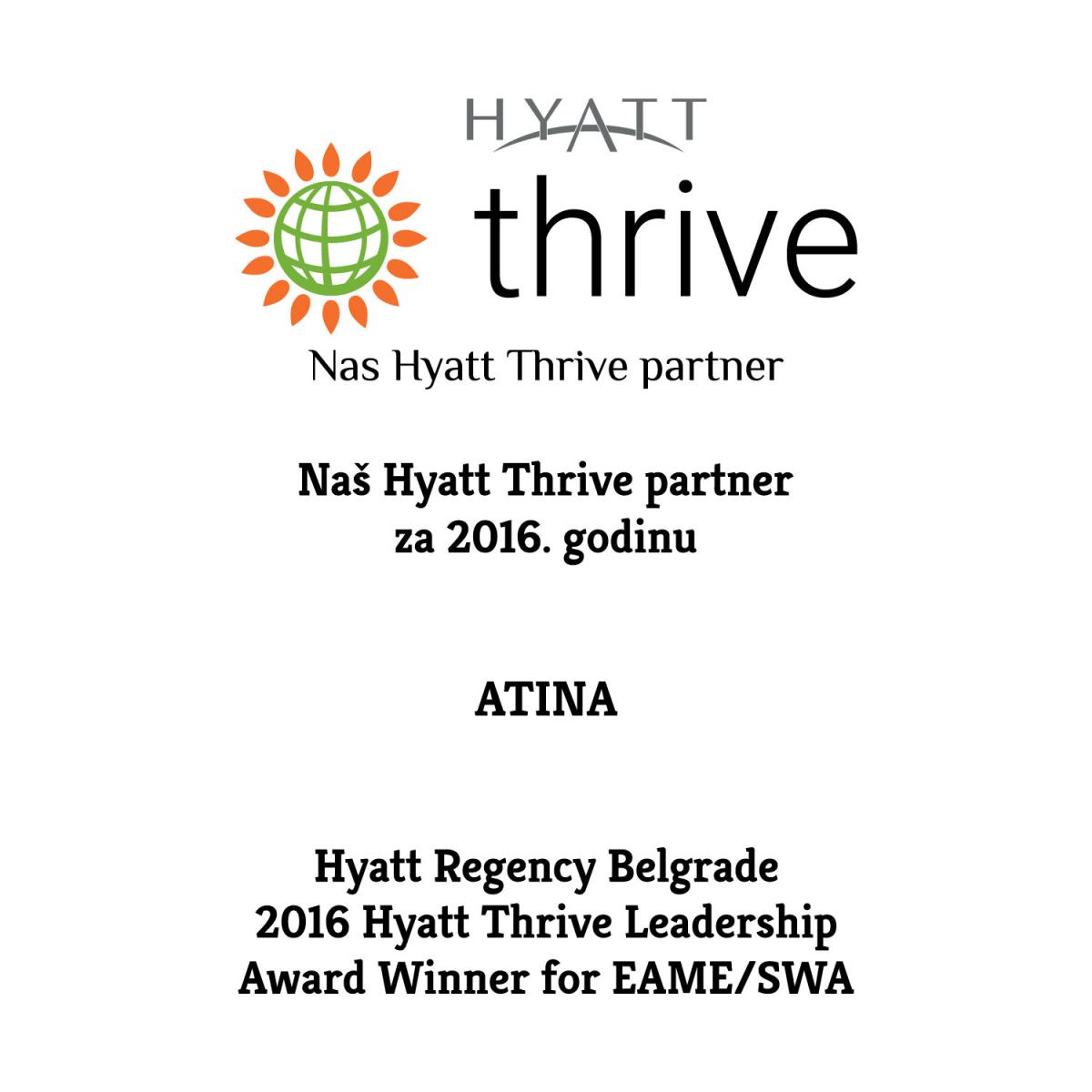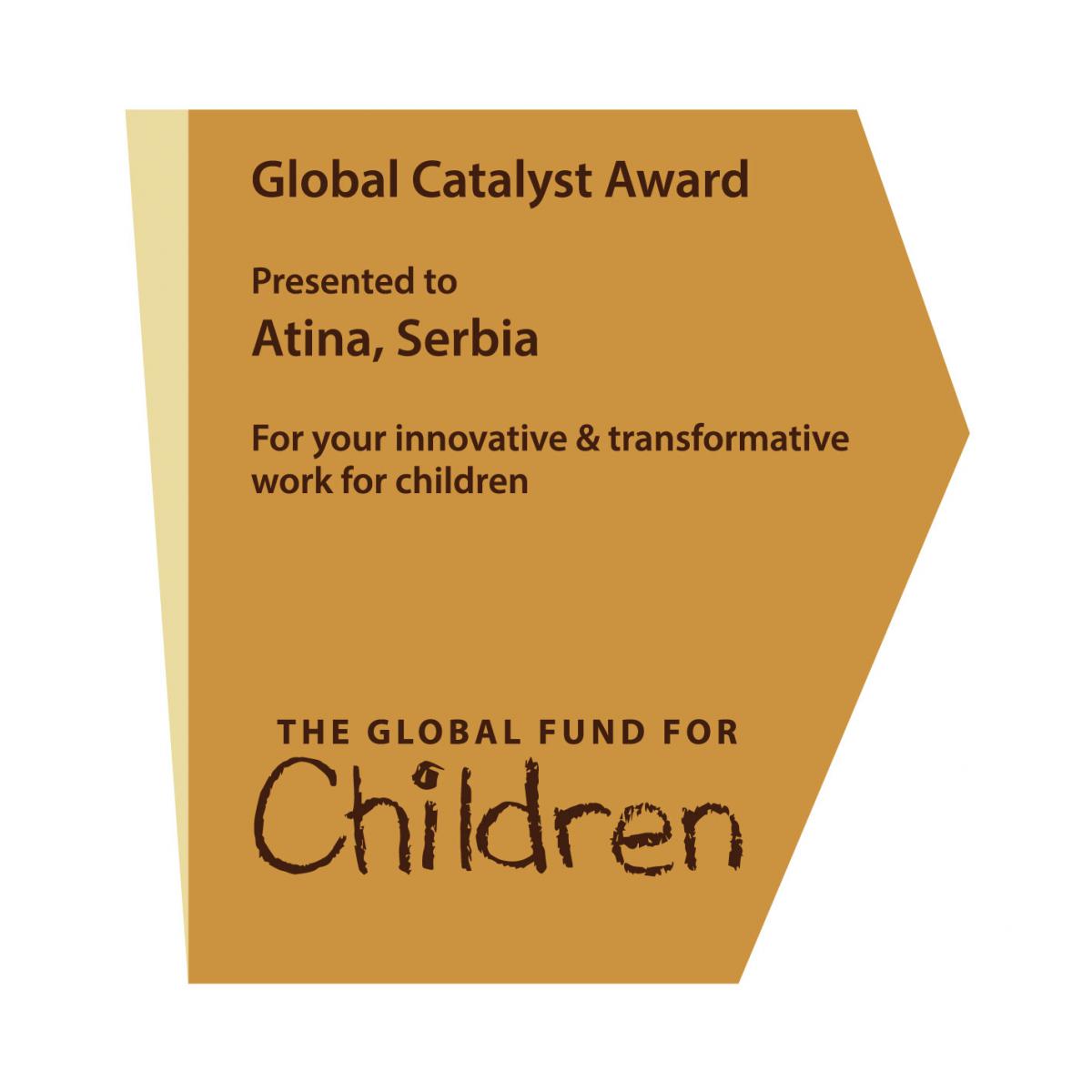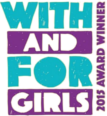Hotline: +381 61 63 84 071
Human Trafficking in Serbia: Alarms We Cannot Ignore

Human Trafficking in Serbia: Alarms We Cannot Ignore
Human trafficking remains one of the most profitable criminal activities globally, and Serbia, unfortunately, is no exception. According to the United Nations, around 700,000 people become victims of human trafficking each year, with annual profits for traffickers estimated to range from several billion to even 500 billion dollars. Although sexual exploitation is still the dominant form of human trafficking, there is also a growing number of identified cases of labor exploitation, forced begging, and forced marriages.
In the "Tačka Razno" show, Jelena Hrnjak from the NGO Atina pointed out alarming trends in Serbia, where 70 victims of human trafficking were identified in 2024. "This is an increase compared to previous years, but the real number of victims is much higher," emphasized Hrnjak, stressing that official data does not reflect the actual situation on the ground and that the system, due to unreformed mechanisms, is often unable to recognize human trafficking in all its forms.
Who Are the Most Common Victims?
The majority of human trafficking victims in Serbia are women and girls, and it is especially concerning that the age threshold among victims has drastically lowered. Last year, the system identified girls as young as 12 as victims of sexual exploitation. "In previous years, that threshold was 14 years." NGO Atina most often works with victims who are girls aged 15 and 16," noted Hrnjak. In addition to minors, among the victims are women and girls from rural areas, the Roma population, and migrant women who find themselves in highly vulnerable situations.
"Traffickers very precisely map and target victims, choosing those with the least support network and ability to protect themselves," emphasizes Hrnjak. Emotional manipulation, blackmail, and false promises of employment are common tactics used by exploiters.
Low Penalties and Lack of Investigations
Serbia's criminal policy leaves traffickers space to operate—average sentences amount to only three years in prison, which further encourages them. Traffickers come from various social strata, including those previously convicted for similar crimes, as well as individuals close to the victims, such as parents and partners. Unfortunately, Hrnjak evaluates Serbia's criminal policy as encouraging traffickers, considering the profits they make and the immeasurable harm they cause to victims. She did, however, commend the recent, yet not final, verdict issued by the Higher Court in Niš for a group of traffickers who received over 50 years in prison, offering hope that there are individuals within the system who represent bright spots in this fight.
Sexual Exploitation: Women Punished, Men Protected
At a recently held roundtable on "Prevention of Sexual Exploitation, Human Trafficking, and Prostitution in Serbia," organized by the NGO Atina, special focus was placed on women in prostitution, who are often penalized. At the same time, organizers and clients are not prosecuted sufficiently. NGO Atina advocates for a change to Article 16 of the Law on Public Order and Peace, which currently encourages the punishment of women in prostitution instead of providing them with an exit from exploitation. Additional criminalization of women in prostitution, while the organizers and clients remain beyond the reach of the law, is an issue.
"In the past six years, nearly 876 women in prostitution have been punished, while the names of clients are rarely revealed," says Hrnjak. This practice further complicates the position of victims who are already exposed to multiple forms of victimization. Hrnjak noted that the change in approach by the Ministry of Internal Affairs, which has started detaining more clients, was praised at the roundtable but emphasized that this decision is not systemic and that the recommendations of the Committee on the Elimination of Discrimination Against Women CEDAW need to be implemented. NGO Atina also advocated for the decriminalization of women in prostitution and increased support services for those who wish to exit prostitution.
How to Protect Potential Victims?
Preventing human trafficking requires broad societal mobilization, including the introduction of mandatory education on human trafficking in schools to educate children and youth on recognizing dangers, maintaining personal integrity, understanding consent, and other essential matters. Protective mechanisms need to be strengthened through legislative changes, mandatory financial investigations against traffickers, decriminalization of women in prostitution, and the establishment of exit support systems for those who want to leave prostitution.
Human trafficking is not an individual problem—it is a societal phenomenon that demands an urgent response from all stakeholders. Serbia currently does not meet the minimum standards in the fight against human trafficking, according to international reports, but with profound systemic changes, there is hope for progress.
For anyone who suspects they are witnessing human trafficking or has information that can help in the fight against this crime, there are helplines and organizations providing support, including Atina – emergency phone +381 61 63 84 071 or by email at office@atina.org.rs
Let’s not look the other way. Victims must not be left alone in the fight against human trafficking.
The full interview video can be viewed at the link: Trgovina ljudima, najčešće žrtve - Jelena Hrnjak • TAČKA.RAZNO...












 FACEBOOK
FACEBOOK TWITTER
TWITTER YOUTUBE
YOUTUBE